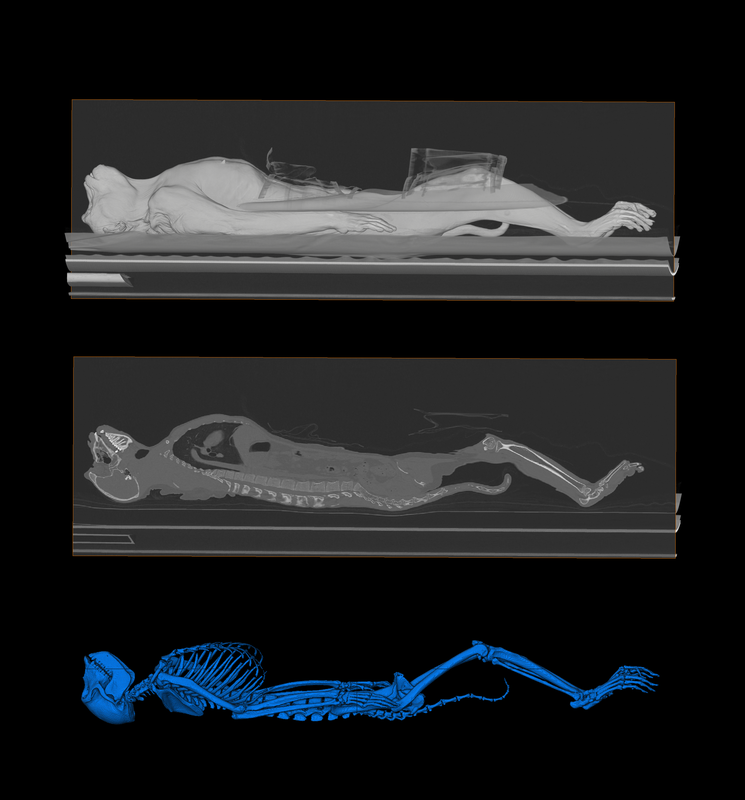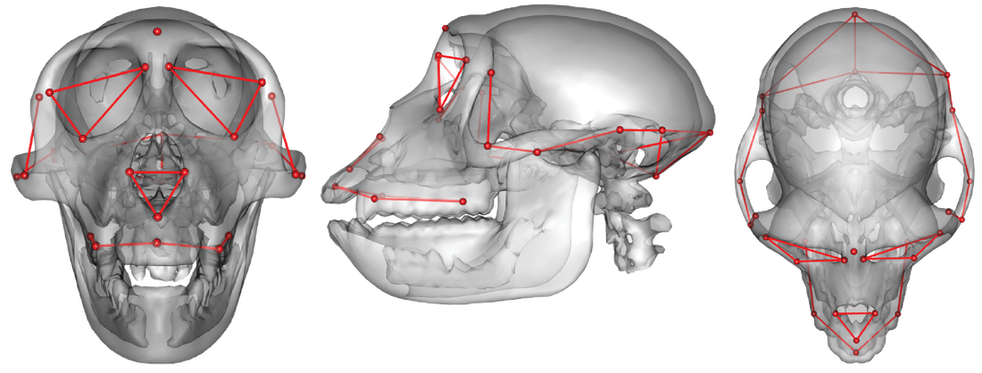Project: Morphological consequences of hybridization in primate and human evolution: a macaque model
Collaborators: Professor Timothy Weaver (University California Davis), Dr David Katz (University of Calgary Cumming School of Medicine), Dr Laura Buck (University California Davis), Professor Leslea Hlusko (University California Berkley), Associate Professor Rebecca Rogers Ackermann (University of Cape Town) and Professor Sree Kanthaswamy (Arizona State University).
This is a collaborative project using hybrid macaques to investigate the morphological consequences of hybridization and to develop criteria for detecting morphological evidence of hybridization in the fossil record. Interpreting the effect of hybridization is critical for understanding context and processes of human evolution; recent methodological advances in ancient DNA analysis have uncovered evidence of interbreeding between humans and several extinct hominin species, including Neanderthals and Denisovans. Ancient DNA is rarely preserved however, and we are still far from understanding the importance of hybridization in determining anatomical shape or from being able to recognise hybrids in the fossil record. Sample data include full-body CT scans, dental moulds and blood samples. Methods used for investigating this sample include the production of virtual models and 3D shape analysis (geometric morphometric methods).
Funding:
National Science Foundation, The Leakey Foundation.
Current sub-projects:
Cranial morphology
Leader: David Katz
Pelvic morphology
Leader: Laura Buck
Dental morphology
Leader: Leslea Hlusko
Resources:
Repository of full-body CT scans from the macaques sample hosted by MorphoSource, under the project name The rhesus macaque admixture project. More scans will be uploaded throughout the data-collection phase of the project.
Downloadable teaching resources on the role of hybridization in evolution developed by Dr Laura Buck, suitable for undergraduate students (please click here).

Virtual isolation (segmentation) of skeleton from CT scan of sedated monkey based on differences in density between bone and soft tissue. Top: volume rendering showing CT scan data with soft tissue visualised. Middle: CT slice through scan of macaque. Bottom: virtually segmented skeleton with soft tissue removed.

Landmarks and wireframe used to investigate the relationship between cranial shape and degree of admixture.
